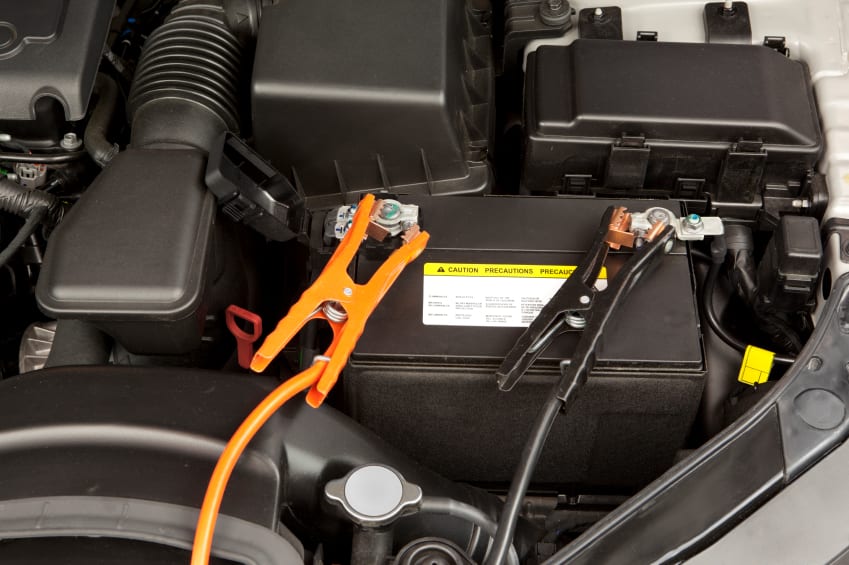

When you car battery dies, you car will not start. To get the car moving again, you need to “jump” your car using jumper cables that help conduct electricity from another vehicle, which has a properly functioning battery, to yours. Giving your car a jumpstart is a simple task, here's how you can do it:
How to jumpstart a car
-
Prepare both cars - Place both vehicles in Park or Neutral. Shut off the ignition and engage the parking brakes in both cars. Keep both car hoods open during the entire process.
Warning: Make sure that the other vehicle you pick does not have an electronic ignition system or is an alternative fuel vehicle.
Attach clips to your battery - Take a close look at your jumper cables and locate the red and black clips. Attach one of the red clips to the positive terminal of your battery. The positive terminal will have a “POS” or “+” on it, or it will be bigger than the negative terminal.
Attach clips to the other car's battery - Carefully attach the other red clip to the positive terminal of the other car’s battery. Attach one of the black clips to the negative terminal on the other car’s battery.
Attach black clip - Attach the other black clip to an unpainted metal surface on your car that isn’t near the battery.
Start your car
-
Drive around to recharge your battery - If the jump works and your car starts, do not shut off your engine. Drive around for at least 15 minutes to recharge your battery.
Note: If the car won’t start, make sure that the cables are properly connected. Have the other car run for five minutes, and then try to start your car again. If it still won’t start, you will need to contact YourMechanic to inspect the starting problem with your car..
If you need further information on how to properly use jumper cables on your vehicle, consider looking at an in depth article on jumper cable use.



